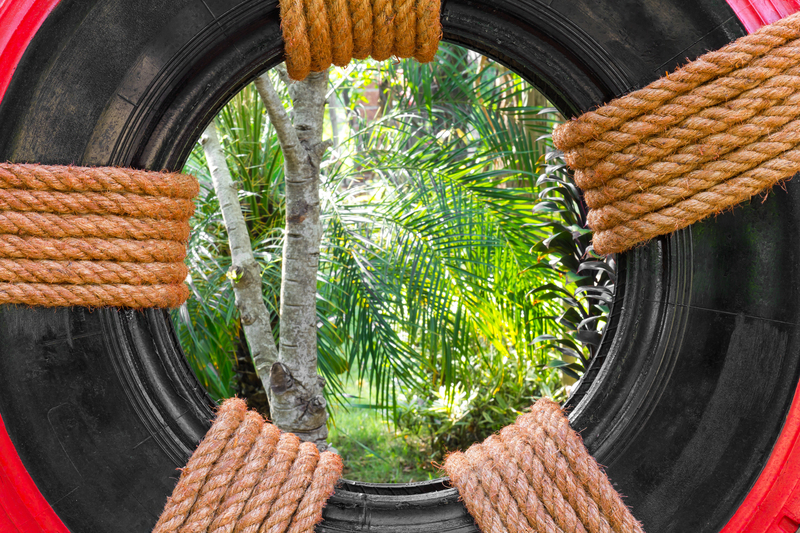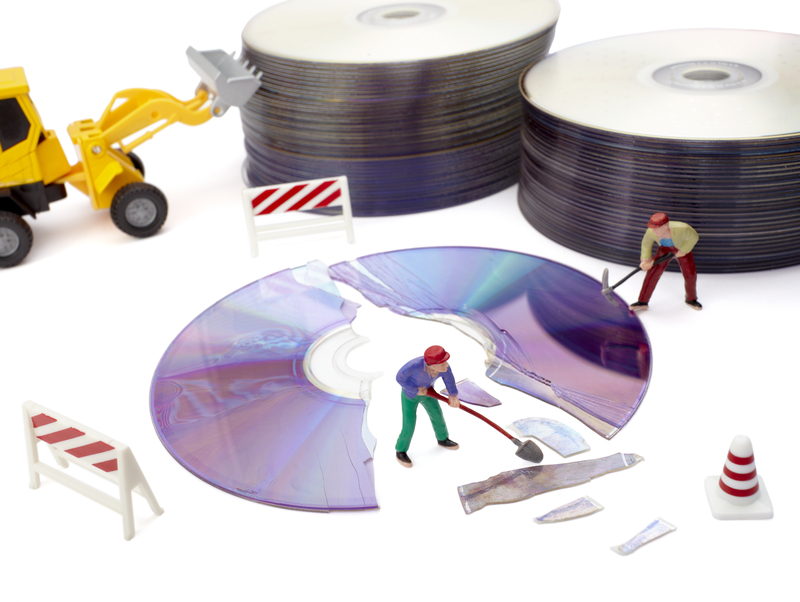Best Practices for Waste Disposal at Home
Posted on 13/02/2025
Understanding Types of Waste
Household Waste Categories
Before diving into waste disposal techniques, it's essential to grasp the different categories of household waste. These include:
- Organic Waste: This comprises food scraps, garden waste, and other biodegradable materials.
- Recyclable Waste: Items such as paper, glass, plastic, and metals fall under this category.
- Hazardous Waste: These are harmful materials like batteries, chemicals, and electronic waste.
- General Waste:

Organic Waste Management
Organic waste can be managed effectively through composting. This not only reduces the amount of waste in landfills but also produces nutrient-rich compost that can benefit your garden.
Composting Tips
- Choose a Compost Bin: Whether you opt for a traditional compost pile or a compost bin, ensure it's suited to your space and needs.
- Know What to Compost: Compostable materials include fruit and vegetable scraps, coffee grounds, eggshells, grass clippings, and leaves.
- Maintain Balance: Aim for a good mix of 'green' (nitrogen-rich) and 'brown' (carbon-rich) materials to keep your compost healthy.
- Aerate Regularly: Turn your compost pile frequently to ensure proper aeration and faster decomposition.
Recyclable Waste Disposal
Recycling is a key practice in waste management that helps reduce the extraction of raw materials, conserves energy, and reduces landfill waste.
Recycling Strategies
- Understand Local Regulations: Different regions have specific recycling guidelines. Familiarize yourself with what's recyclable in your area.
- Segregate Properly: Keep paper, plastic, glass, and metals in separate bins to simplify the recycling process.
- Clean Recyclables: Ensure that items are clean and free of food residue before recycling. Contaminated recyclables can spoil entire batches.
- Flatten the Cardboard: Breakdown boxes to save space and make them easier to process.
Hazardous Waste Management
Disposing of hazardous waste requires careful handling to prevent environmental contamination and health risks.
Safe Disposal Methods
- Identify Hazardous Waste: Common items include paint, batteries, pesticides, and electronic devices.
- Local Disposal Programs: Utilize community hazardous waste collection programs that handle these materials safely.
- Do Not Mix Materials: Keep hazardous waste items separate to avoid chemical reactions and ensure proper disposal.
- Follow Disposal Instructions: Some hazardous products come with specific disposal guidelines. Always adhere to these instructions.

General Waste Reduction
Minimizing general waste can significantly reduce the burden on landfills and contribute to a more sustainable lifestyle.
Practical Tips to Reduce Waste
- Practice Reducing and Reusing: Opt for reusable items instead of single-use products. For example, use cloth grocery bags instead of plastic ones.
- Buy in Bulk: Purchasing in bulk reduces packaging waste.
- Repair Instead of Replace: Fixing broken items instead of discarding them can greatly decrease waste generation.
- Donate Unwanted Items: Clothing, furniture, and other items that are still usable can be donated to charities.
Conclusion
Managing waste at home effectively is not just an individual responsibility but a collective necessity. By understanding different types of waste and implementing best practices such as composting, recycling, proper disposal of hazardous waste, and reducing general waste, we can make significant strides towards a cleaner and more sustainable environment. Adopting these best practices for waste disposal at home can lead to a healthier planet and a more responsible lifestyle.





